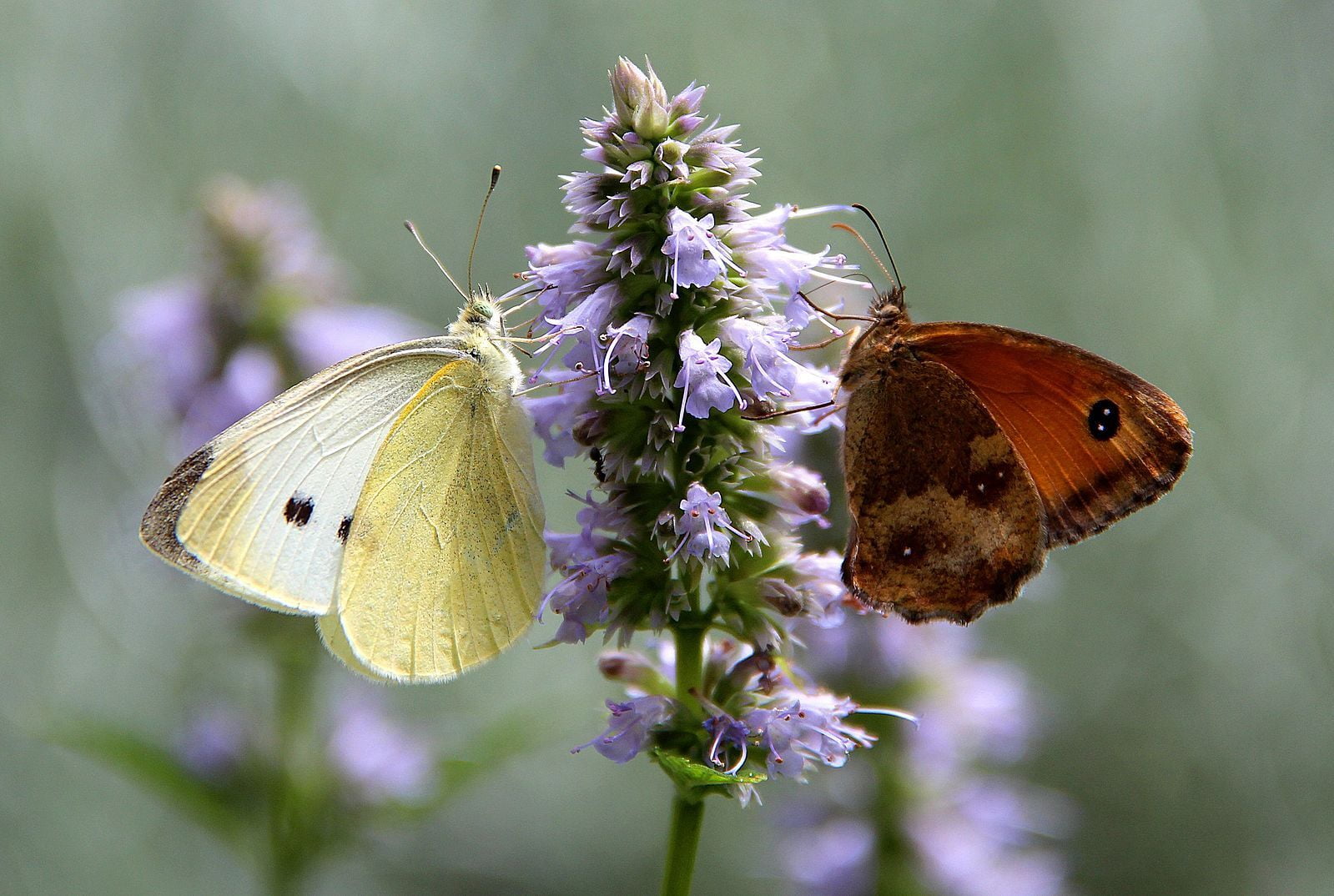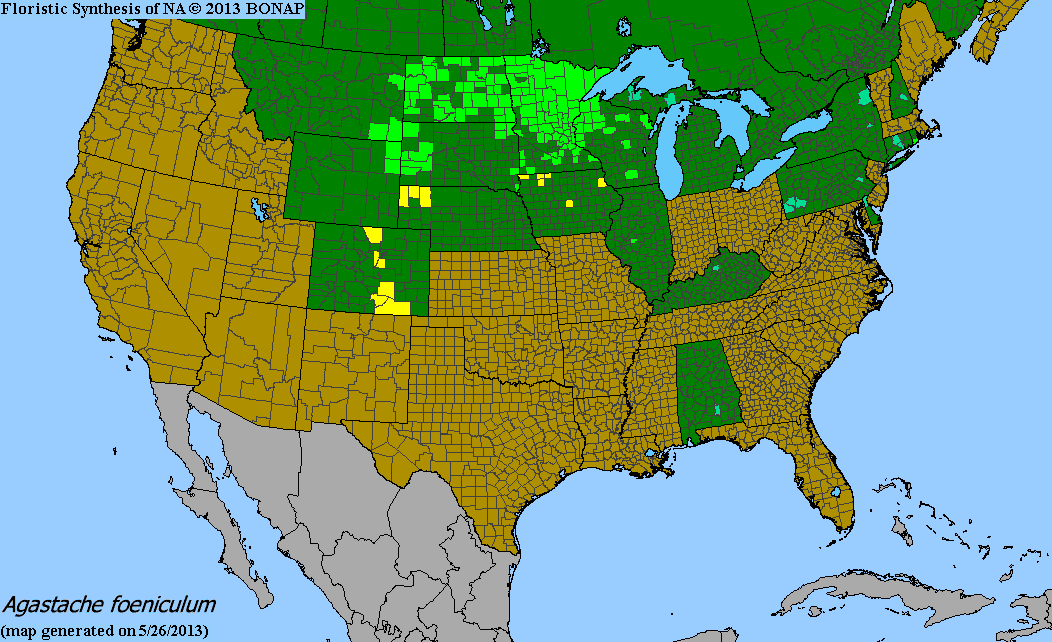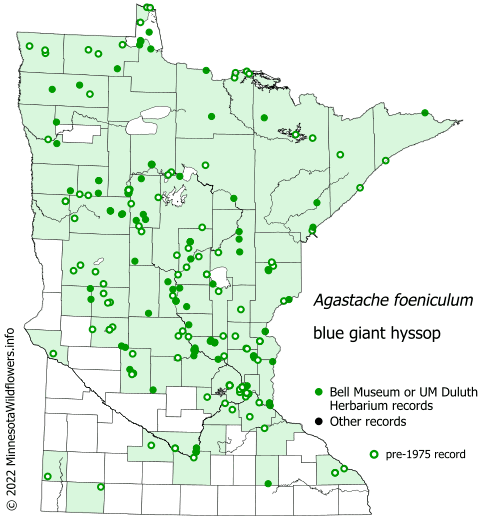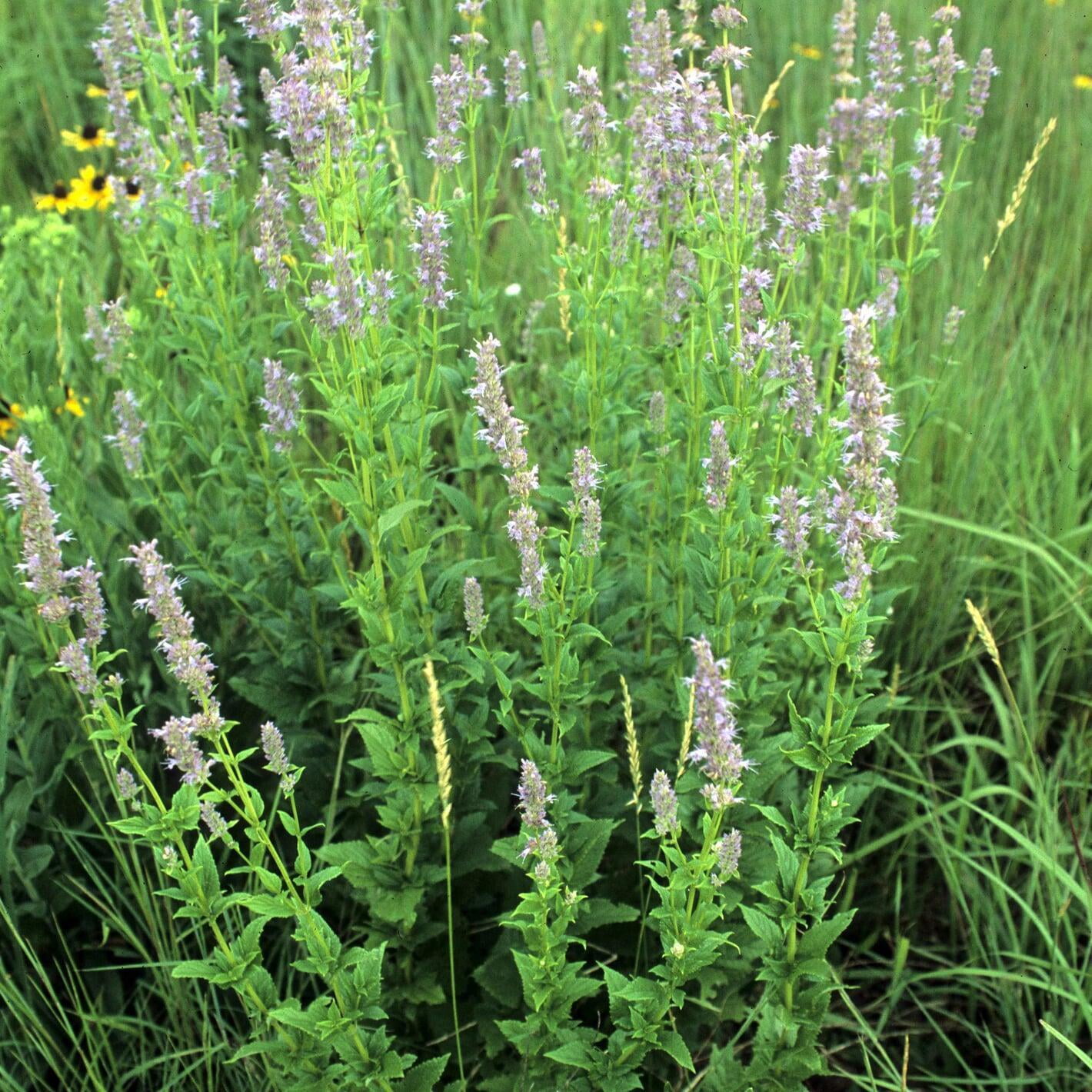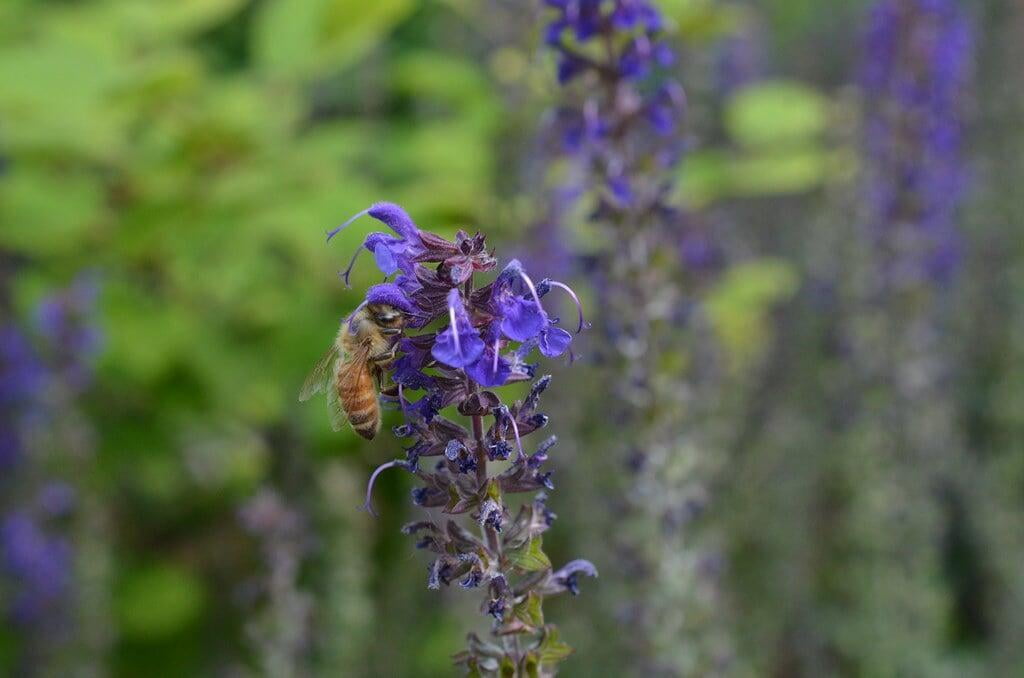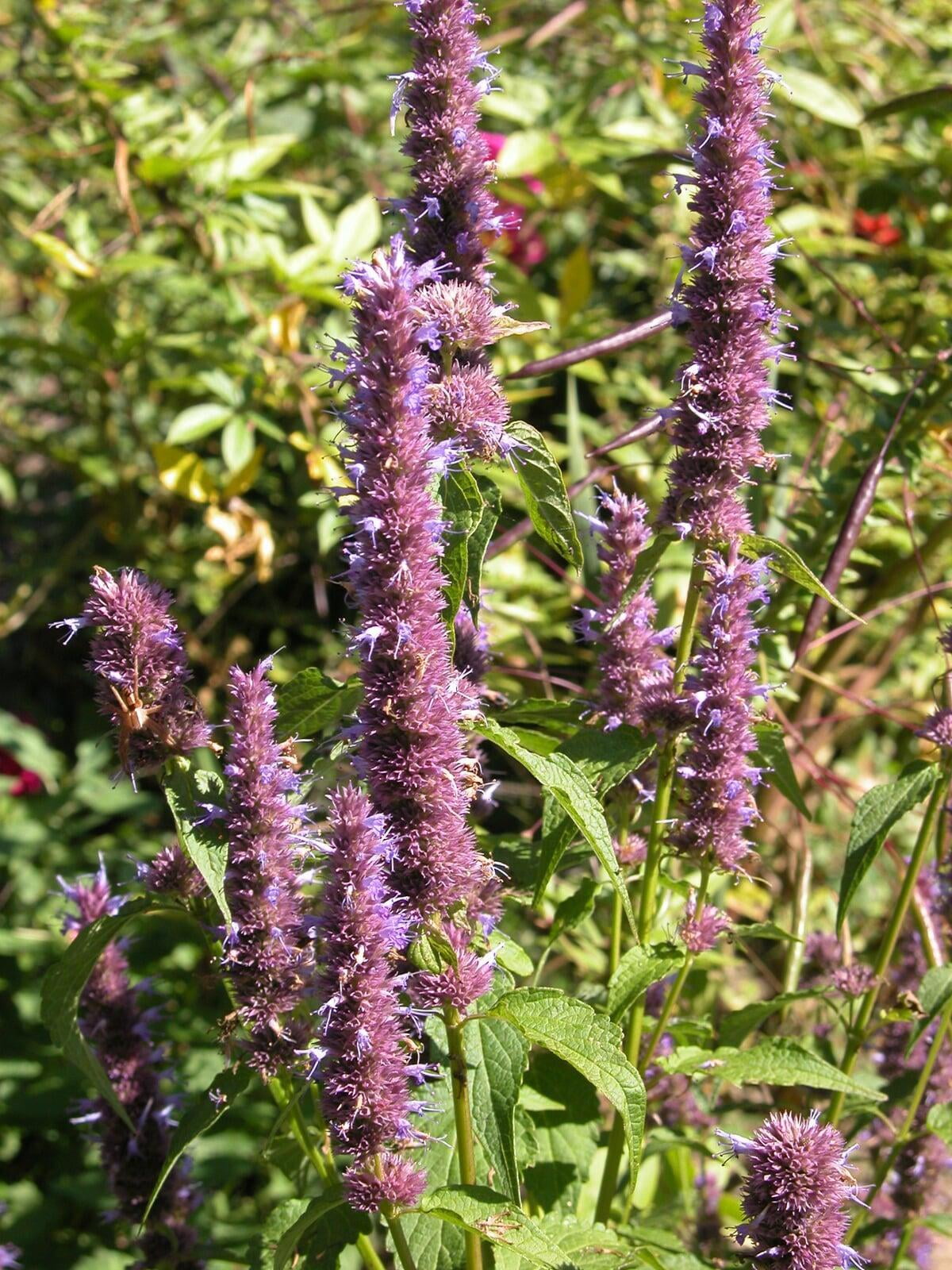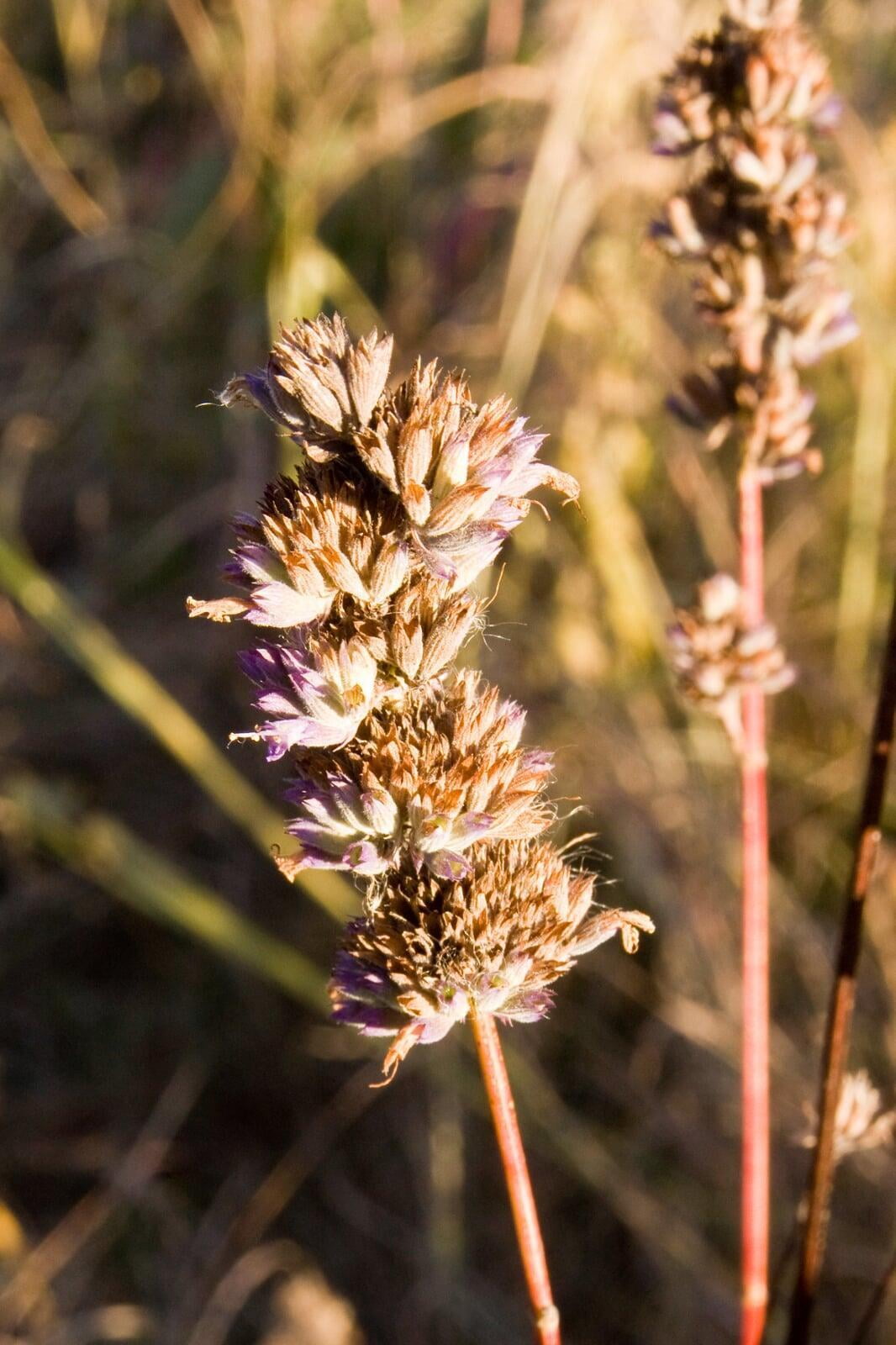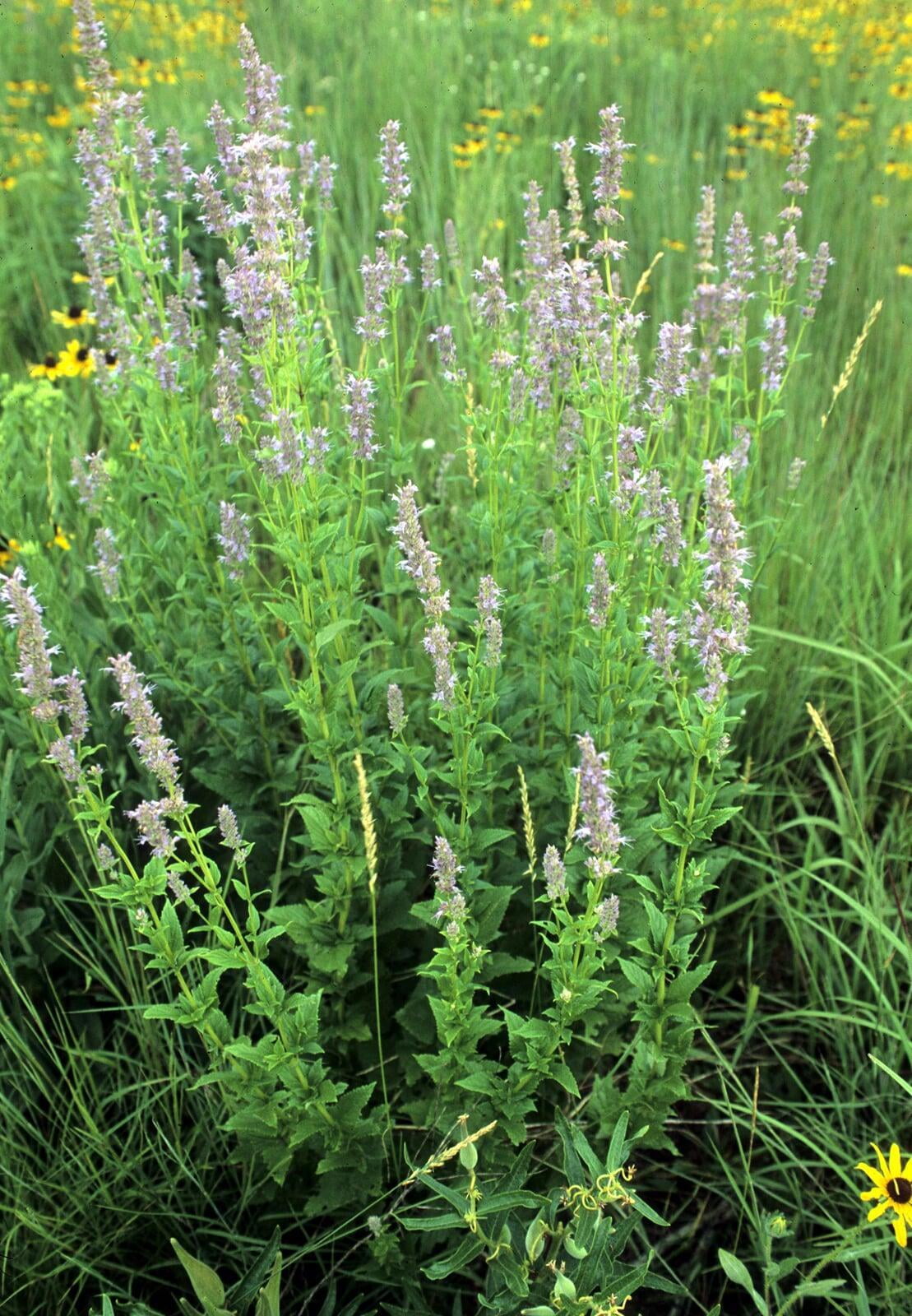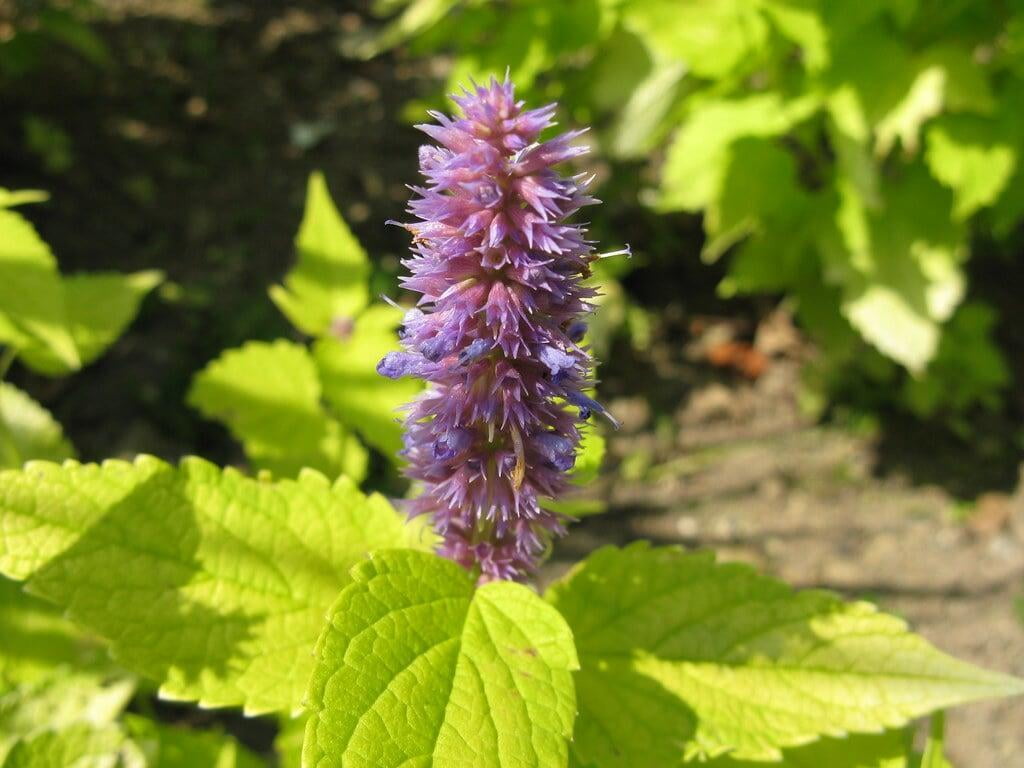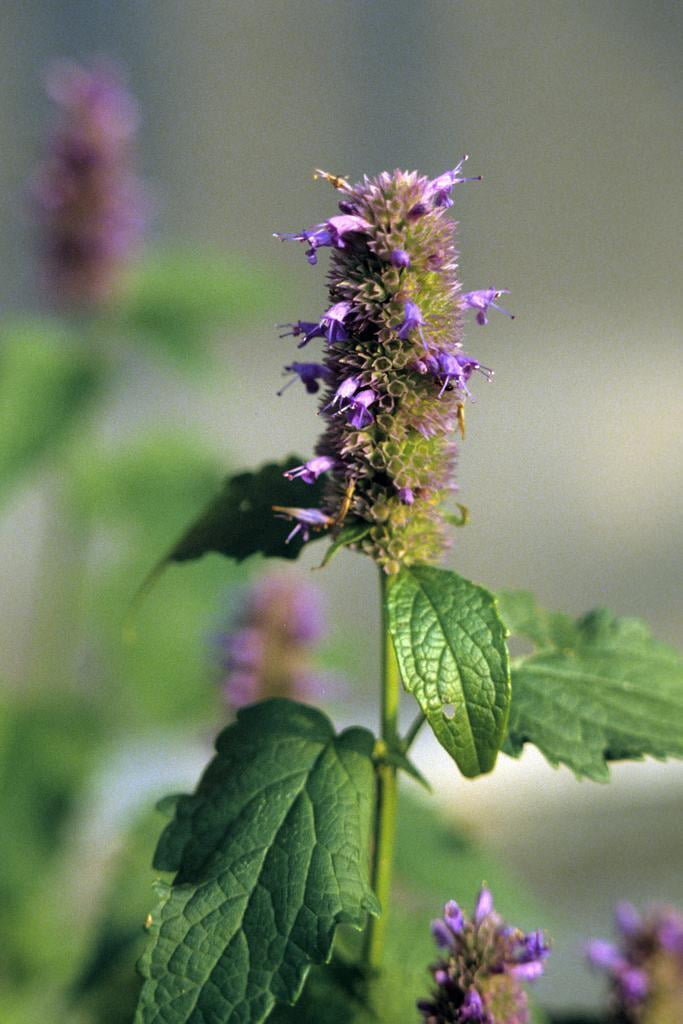Agastache foeniculum
Fragrant Giant Hyssop Description:
Agastache foeniculum, commonly known as Anise Hyssop, is a perennial herb that belongs to the mint family (Lamiaceae). It is native to North America and is widely cultivated for its aromatic foliage and attractive spikes of colorful flowers.
The plant has a tall, upright habit, reaching heights of up to 3-4 feet with a similar spread. Its square stem is sturdy and covered with small, hairy leaves that are oval in shape and have a soft, velvety texture. The leaves have a strong anise scent when crushed, hence the plant's common name.
In the summer, Agastache foeniculum produces spikes of fragrant, tubular flowers in shades of blue, purple, pink, or white. The flowers are a popular source of nectar for bees and other pollinators, making this plant an important addition to any pollinator garden.
Agastache foeniculum is a hardy plant and is easy to grow in well-drained soil and full sun. It is also drought-tolerant and can withstand heat and humidity. In cooler climates, it may die back to the ground in the winter but will regrow from the roots in the spring.
Overall, Agastache foeniculum is a versatile and attractive plant that is well-suited for use in a variety of garden styles, from herb gardens and cottage gardens to wildlife gardens and prairie plantings. Its fragrant leaves and bright, showy flowers make it a great choice for adding both fragrance and color to the garden.
Native Range:
Agastache foeniculum is a native plant to the upper Midwest and Great Plains including Minnesota, Iowa, North Dakota, South Dakota, Wisconsin, Wyoming, and Montana. There are other states where this plant is also found natively in the South as well as Northeastern states.
Standard Plant Information:
Plant Height: 2' - 4'
Bloom Time: June - October
Preferred Habitat: Does well in shade and sun. Found in dry fields and deciduous woods.
Stratification Code: C30
Sowing:
For most homeowners, the best option is to scatter seed on the ground by hand broadcasting at a minimum of 16-64 pls ounces per acre. For even coverage, we recommend that you broadcast seed in perpendicular rows across the site to ensure even coverage.
You’ll want to broadcast any grass seed first, which will get raked into the soil lightly. Next, it is ideal to mulch the area lightly with either a clean (no seed) straw or preferably with our native Little Bluestem straw, sold at our retail garden centers. After a light mulching is complete, now it’s time to broadcast your native wildflower seeds, which should not be raked into the soil. A good rain or watering is sufficient to cover the seed.
Planting:
Simply dig a hole in the soil slightly larger than the plant’s roots. Ensure that the soil line of the plant is maintained during the transfer (i.e. the plant should be at the same level with the ground as it was in the pot). Pack any loose dirt back around the plant and make sure you water it well the same day to ensure it has the best chance of survival.

